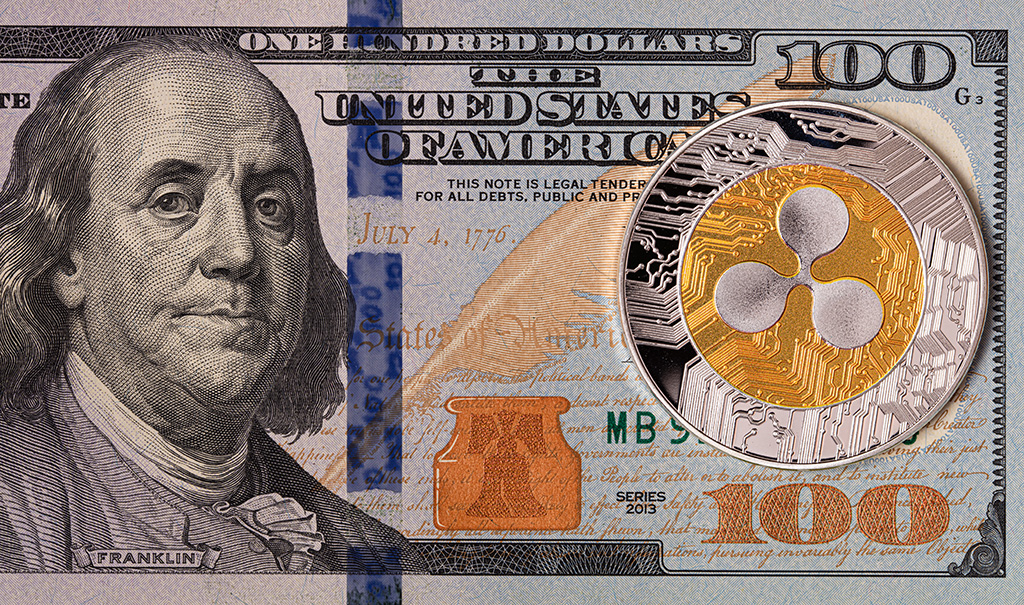In a world teetering on the edge of financial transformation, XRP stands at the forefront of what could be the most significant shift in global finance since the inception of Bitcoin. The U.S. economy, struggling with debt, inflation, and shifting monetary policies, may soon witness the rise of XRP as a pivotal player in international transactions, institutional adoption, and even as a reserve asset.
The Current Landscape
The U.S. economy is at a crossroads. With inflationary pressures still present despite multiple Federal Reserve rate hikes, and the national debt surging past $35 trillion, confidence in the dollar’s supremacy is wavering. Central banks around the world are actively seeking alternatives to dollar hegemony, evident in the increasing adoption of digital assets and central bank digital currencies (CBDCs). Meanwhile, XRP, despite regulatory hurdles, has secured multiple global partnerships and continues to gain traction in cross-border settlements.
The SEC Battle and Institutional Confidence
The SEC’s prolonged battle against Ripple has been a double-edged sword. While it cast initial doubt over XRP’s regulatory status, the lawsuit’s developments suggest that XRP is poised for a legal victory or a settlement that paves the way for mass institutional adoption. Major financial players, including banks and payment processors, are already positioning themselves for a future where XRP plays a key role in liquidity management and instant settlements. If Ripple secures a decisive win, expect a flood of institutional capital into XRP.
De-Dollarization and XRP’s Potential Role
De-dollarization is no longer a conspiracy theory—it’s happening. BRICS nations are accelerating plans to reduce reliance on the U.S. dollar for trade settlements. In response, the U.S. may need to embrace digital assets like XRP to maintain its influence in global finance. XRP’s ability to settle transactions in mere seconds at a fraction of traditional costs makes it an ideal candidate for a bridge currency between CBDCs and fiat systems.
A Future Reserve Asset?
One of the boldest predictions for XRP is its potential to evolve into a reserve asset or be integrated into the International Monetary Fund’s (IMF) Special Drawing Rights (SDR) basket. With governments and institutions searching for a more efficient global settlement mechanism, XRP’s decentralized nature and liquidity advantages could make it a serious contender for this role.
The Prospect of Elon Musk Using XRP on X Payment Platform
Elon Musk’s vision for X (formerly Twitter) as an all-in-one financial platform has fueled speculation about potential integrations of digital assets. With Musk’s prior interest in cryptocurrencies like Bitcoin and Dogecoin, XRP stands out as a prime candidate for seamless, low-cost cross-border transactions. If Musk incorporates XRP into X’s payment ecosystem, it could significantly boost mainstream adoption, enhancing XRP’s liquidity and real-world utility. Given XRP’s compliance with regulatory standards in multiple jurisdictions and its strong institutional backing, an X integration could mark a paradigm shift in digital payments and reinforce XRP’s position as a global financial powerhouse.
The Price Forecast
If XRP emerges victorious against the SEC and garners increased institutional adoption, a price explosion is inevitable. A surge to $10 or even $50 per XRP is not out of the realm of possibility within the next few years, particularly if de-dollarization accelerates and financial institutions adopt XRP for high-value settlements.
The Takeaway
The next decade will be a defining period for both the U.S. economy and the digital asset space. As traditional monetary policies falter under mounting economic pressures, digital assets like XRP may serve as a financial lifeline for global transactions. Investors who recognize this paradigm shift early stand to benefit significantly, making now a crucial time to consider XRP’s potential in the evolving financial landscape.
As always, Invest Offshore remains at the forefront of these trends, offering insight into offshore investment opportunities—including those in West Africa’s Copperbelt Region, where significant investment potential awaits.

Leave a Reply